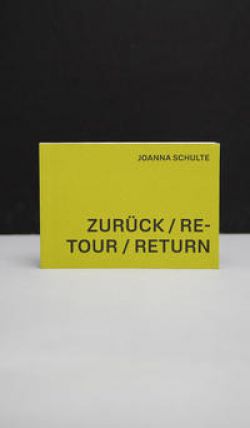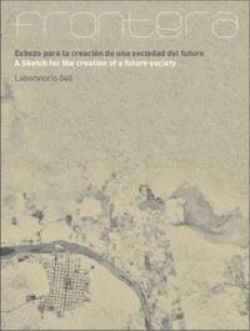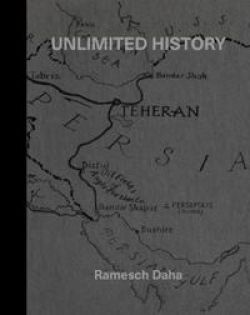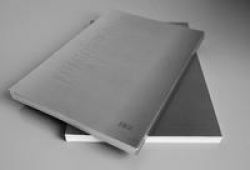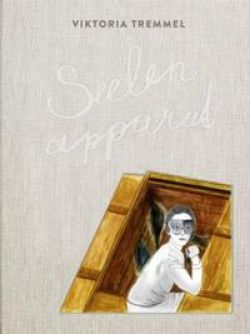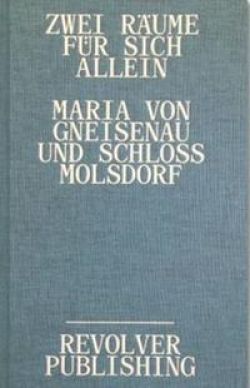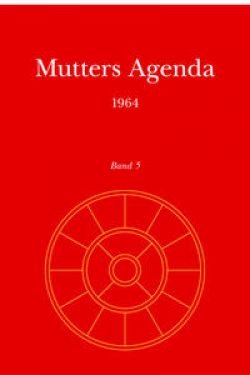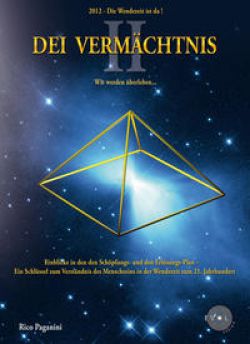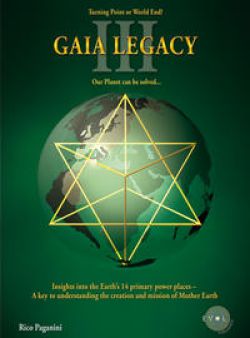Produktform: Buch / Einband - fest (Hardcover)
Just like her previous projects Victims and 32° N / 53° N, in her new extensive work Unlimited History, Daha combines aspects of her family history with events of profound historical significance. In this way, Victims, a considerable series of painted portraits of victims of the nine eleven attacks, is, through one of the victims, Darya Lin, a cousin of Daha’s then husband, directly connected with the biography of the artist. The project 32° N / 53° N, its title going back to the geographic coordinates of Iran, addresses the historical events of the 20th Century in Daha’s country of birth and their association with the history of her family, as well as with the artist’s own biography, who in 1978 at the age of seven, just before the Islamic Revolution of 1979, left her hometown Tehran forever and settled in Vienna, her mother’s birthplace. In her comprehensive historical research it is characteristic for the artist to proceed with an awareness of the constructed nature of history and of the subjectivity of the historical narrative.
The new project Unlimited History has its starting point in the video Street of Roosevelt (2009) and is thus interlocked directly with 32° N / 53° N. In the video, Daha’s Iranian grandmother Monirjoon recalls the street on which she lived during her childhood and youth in Tehran: the “17th of Dey 1314” Street was named after the banning of the chador by Reza Shah in January 1934 (as was previously also the traditional male clothing, the kolah) and after the “Liberation Day of the Woman” celebrated during the Pahlavi dynasty. Grandmother Monirjoon also recalls in the video her attending a ceremony on the occasion of her graduation and the arrival of Reza Shah and his wife and daughters at the event, who for the first time ostentatiously appeared unveiled in public, but also the fact that in the American embassy, which also – just like Monirjoons house - was situated on the “17th of Dey 1314” Street, parts of the Tehran Conference were held. The memories of the old lady and her emotions at the sight of the prepared road closure by several military vehicles and tanks at the occasion of the conference, which remained secret to the Iranian public up until the departure of Churchill, Stalin and Roosevelt, mingle with the historical facts, which the artist inserts as text blocks into the moving images, for example the recording of the four names of the street: before 1934 “Amjadeyeh”, from 1934 “17th of Dey 1314”, from 1943 “Roosevelt” and from 1979, finally, “Dr. Mofateh” Street.
Again, it is this relationship between private and public history, which catalyzes and motivates the new project Unlimited History. Based on that link, between the Tehran conference with the three principal allies of the anti-Hitler coalition in World War II and the memories of her grandmother, Daha begins an extensive research on the internet and in public and private archives, first of all pursuing it in the width of the historical links between Iran and the United Kingdom, the United States and the Soviet Union, then directing it to the construction of the Trans-Iranian Railway as the key research area, in which she exemplarily traces the historical, subjective and objective connecting lines. Being aware of the complexity of events and the numerous interfaces, where these repeatedly influence the fate of her family, finally, the archive of the German Foreign Office in Berlin becomes the key element in her research, in which the documents on the relationship between Nazi Germany and Iran, in conjunction with the Trans-Iranian Railway, become pivotal in Unlimited History. The project, implemented under Reza Shah from 1927 to 1938, realizing the construction of a rail network that connects the capital Tehran with the Caspian Sea to the north and the Persian Gulf in the south, marks the first steps of the country into the age of industrialization. At the same time, it plays a vital role in the strategic plans of both Nazi Germany with its plans of attack against the Soviet Union and the Allies. Nazi Germany dispatched its engineers to Iran and was particularly involved in the development of the northern section, however, the Germans were expelled, in association with the abdication of Reza Shah in 1941, forced by the Allies, and thus, the Trans-Iranian Railway was seized during the occupation of Persia by the Anglo-Soviet invasion and served as a so-called “Persian Corridor”, supplying weapons for the Soviet troops. To begin with, Daha approaches the complex historical events with a research diary in the form of a notebook, in which original documents, stamps, excerpts from historical documents and sketches are included, extracted from the abundance of her research.
On this basis, the various project components are created in different media: drawings, negative copy drawings of significant, sometimes rare documents, primarily from the archives of the Foreign Office, furthermore, painted maps, based on the imagery of war magazines, the National Geographic or the Pocketguide to Iran, showing strategically important sections of the railroad and the historical plans of the invaders, as well as videos, including military parades in 2006, referring to the historical events, and finally, landscape paintings, on the one hand the black-and-white paintings, which combine the headlines of historical reports with images of contemporary photojournalists, and on the other hand landscapes of a reduced palette, which track down today’s views of the most strategic locations in the course of the Trans-Iranian Railway with Google Earth, connecting them with the corresponding geographic coordinates. With the juxtaposition of content, media, and perspectives, Daha takes a multiple look at the historic events, that does not claim to be scientific, but always strives for factual accuracy. The artist confronts the discrepancy between individual and institutionalized history in order to question the complexity of the present, the essence of which becomes apparent through her historical digressions. (Kathrin Becker)
Authors: Ramesch Daha, Roland Schöny, Wolfgang Drechsler


